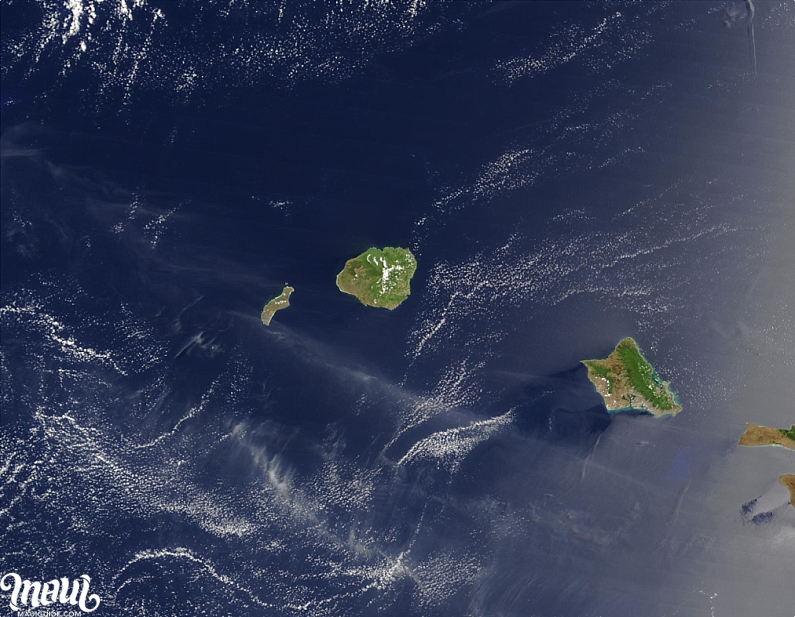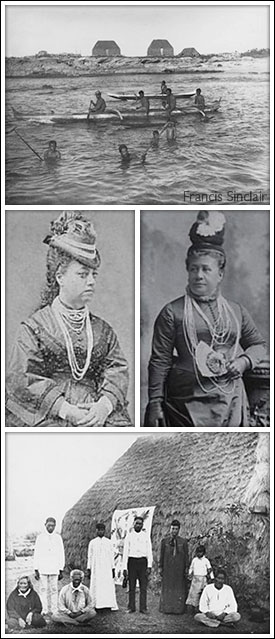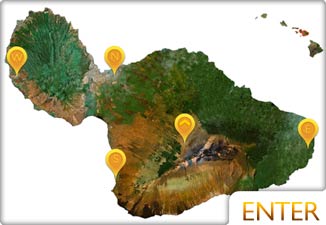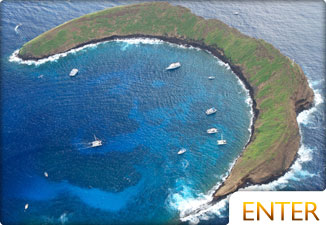Maui > Ni’ihau

Niʻihau – The Forbidden Isle
The island of Niʻihau, despite being known as “The Forbidden Isle”, hints at tribal drums and tikis, it’s really not that mysterious. It’s called the forbidden isle because it has been privately owned since 1864 and only those invited are welcome.
See Niʻihau Map
Real Hawaiian
Niʻihau is one of the most untouched of all the inhabited Hawaiian islands. At 17.5 miles from Kauaʻi, Niihau is the 7th largest of the inhabited Hawaiian islands. Today, there are only about 130 or so people living on the island where they still speak their own dialect of the Hawaiian language. In fact, the Hawaiian language is spoken almost exclusively on Niihau.

One of the unique features of Niʻihau is Lake Halaliʻi, Hawaiʻi’s largest lake. Lake Halaliʻi is considered an intermittent lake or “playa” and is about 841 acres. There are no streams on the island so the water in the lake comes from rainfall.
Niʻihau is also famous for the shell leis they have been handcrafting for generations. The leis are made of very small shells found all around the island in a time-consuming process that involves hours of collection by hand just to make a single lei. The unique style, tradition, and rarity of these leis make them highly sought after and expensive.
History & Culture
 Many traditional Hawaiian chants mention Niʻihau. As the story goes, Pele (the volcano goddess) called Niihau home before she continued to move down the chain of islands to her current home on the island of Hawai‘i.
Many traditional Hawaiian chants mention Niʻihau. As the story goes, Pele (the volcano goddess) called Niihau home before she continued to move down the chain of islands to her current home on the island of Hawai‘i.
Cultural tradition has been celebrated on Ni‘ihau since the time when the islands were inhabited by the early Polynesians. Early on, Kahelelani became the first great aliʻi (chief) of Niʻihau, and his name is also the name of the shells used to make the Niʻihau shell lei–”kahelelani shells”.
An interesting historical note is that President Franklin D. Roosevelt once considered Niʻihau as a possible location for the United Nations headquarters (1944).
Life on Niʻihau
Most of the residents of Niihau live in or around the main settlement of Puʻuwai. There are no cars, no roads, no hotels, no power lines, no running water, no telephones and typically people there use bicycles or horses to get around.
I don’t know about you, but this sure sounds like paradise to me! But before you decide to visit there’s one important thing to remember: you can’t. No visitors are allowed on the island without specific permission of the private owner and apparently many people have asked and been denied entry including Mick Jagger and a few other very wealthy people.




